First Time Home Buyer incentive | What we know so far
If you’ve been hearing about a new incentive for First Time Home Buyers and wondering how it might impact you, look no further, below you will find all relevant information to date. As more information is released, you can expect to find it published here.
From the government of Canada, as part of their national housing strategy, the best source for information on this new First Time Home Buyer Down Payment Incentive / Shared Equity program can be found here: https://www.placetocallhome.ca/fthbi/first-time-homebuyer-incentive.cfm
Here are some of the highlights
- The program launches Sep 2nd, 2019, first closing for Nov 1, 2019
- Mortgage amount cannot exceed 4x your household income. Max income $120k
- 5% down payment / shared equity for re-sale (existing home) available
- 5% or 10% down payment / shared equity for new construction available
- The incentive is repayable after 25 years or when the property is sold (whichever is first)
- If you have never owned a home, haven’t owned a home for 4 years, or have recently experienced a marital breakdown, you may be eligible for the incentive
- Mobile and Manufactured homes are eligible for this program
- You will still need a minimum of 5% down payment from your own source (no borrowed funds)
- The incentive will be registered as a second charge on your title
If you have any questions about this program and how it might impact you as you qualify for a mortgage, please contact us anytime!
Sign up to to our newsletter to hear weekly updates on market news, timely buyer/seller tips, and up to date rates



MICK GILL
Tel: 604-828-1557
Email: gillmortgageteam@gmail.com
SHEILA GILL
Tel: 604-828-5141
Email:
gillmortgageteam@gmail.comm
DYLAN GILL
Tel: 778-255-1557
E-mail:
gillmortgageteam@gmail.comom
OFFICE
22314 Street NW
Calgary AB
T2N 1Z6
Compliance Officer:
Gord Appel
(403) 714-4663
gord.appel@axiom.ca
Broker Of Record:
Gord Ross
800-517-8670 ext 301
gord@axiommortgage.ca


